Hatfield Historical Society exhibit to focus on indentured servant children in 1700s
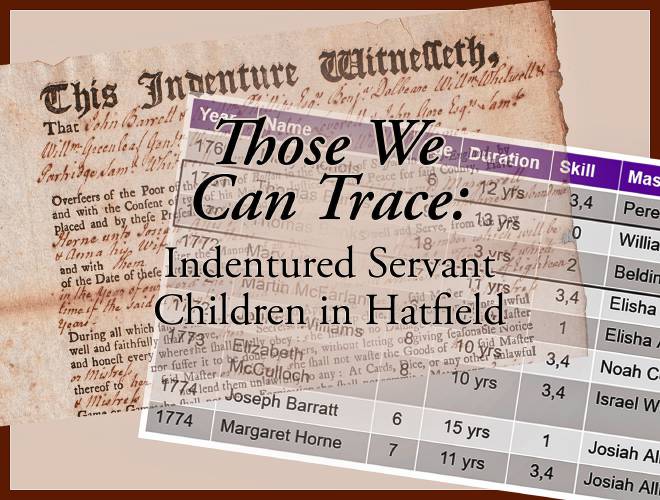
The Hatfield Historical Society’s featured exhibit this year will focus on 10 children in need who became indentured servants with Hatfield families during the 18th century. SUBMITTED
| Published: 03-19-2024 12:31 PM |
HATFIELD — The Hatfield Historical Society’s featured exhibit this year will focus on 10 children in need who became indentured servants with Hatfield families during the 18th century, as part of what was known as the Overseers of the Poor program.
On Thursday at 6 p.m. at 41 Main St., researcher Susan Maciorowski will provide a closer look at these indentured servant youth, followed by tours of the exhibit.
Using records in Hatfeld and the state’s digital archives, Maciorowski and Hatfield Historical Museum Curator Meguey Baker have identified the children who worked as indentured servants with Hatfield families. In return, the children got room and board and some education, with girls prepared to run a household and boys an opportunity to learn a trade.
The lives of these young people in need in early history of the town has captivated the Hatfield Historical Society, Baker said in a statement.
“I want to know what happened to these children for them to wind up in this position, as servants in other families’ homes, and what happened to them,” Baker said. “We know their names, but are only beginning to hear their stories.”
In 2021, Maciorowski transcribed the original documents naming these children, while for the past three years Baker has been looking through the museum collections for items connected to any of the children.
Indentured servitude for the children involved a contract between the Overseers of the Poor and a master and his heirs. Children as young as 2 could be in the program, which would end at age 18 for girls and age 21 for boys. When they were released from the contract, the indentured servant children would receive two complete sets of clothing and, for boys, a sum of money, perhaps $100.
Officials who handled the Overseers of the Poor in the region had various means of supporting people. In addition to the indentured servitude, those options included almshouses, offering basic support to widows and their children, such as housing, food and other materials, and workhouses, where residents had to work for room and board, occasionally on what was called a poor farm.
Article continues after...
Yesterday's Most Read Articles
 Northampton bans auto dealerships near downtown; zone change won’t affect Volvo operation on King Street
Northampton bans auto dealerships near downtown; zone change won’t affect Volvo operation on King Street
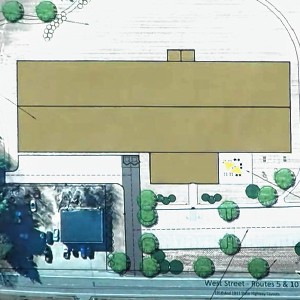 Proposed Hatfield pickleball/tennis building raising eyebrows
Proposed Hatfield pickleball/tennis building raising eyebrows
 South Hadley man killed in I-91 crash
South Hadley man killed in I-91 crash
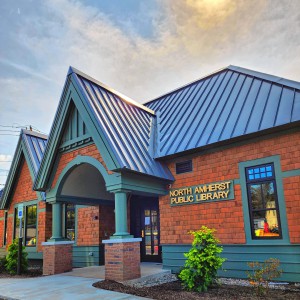 ‘Home away from home’: North Amherst Library officially dedicated, as anonymous donor of $1.7M revealed
‘Home away from home’: North Amherst Library officially dedicated, as anonymous donor of $1.7M revealed
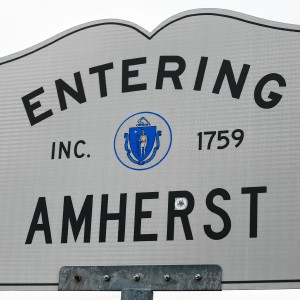 Police respond to alcohol-fueled incidents in Amherst
Police respond to alcohol-fueled incidents in Amherst
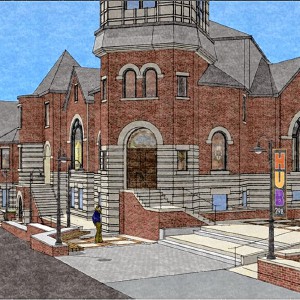 Public gets a look at progress on Northampton Resilience Hub
Public gets a look at progress on Northampton Resilience Hub
For children, if there was no adult relative to claim and care for them, becoming an indentured servant for several years was possible.
For more information, email hatfieldhistoricalsociety@gmail.com.
— SCOTT MERZBACH

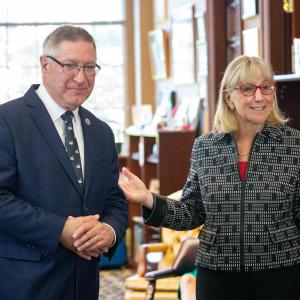 State Senate budget funds free community college for all
State Senate budget funds free community college for all ‘We can just be who we are’: Thousands show support for LGBTQ community at Hampshire Pride
‘We can just be who we are’: Thousands show support for LGBTQ community at Hampshire Pride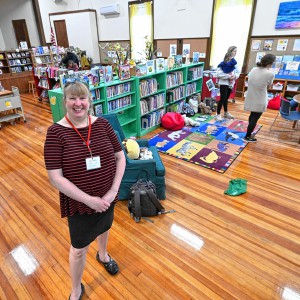 Doors open at Tilton Library’s temporary home at South Deerfield Congregational Church
Doors open at Tilton Library’s temporary home at South Deerfield Congregational Church Area property deed transfers, May 2
Area property deed transfers, May 2
